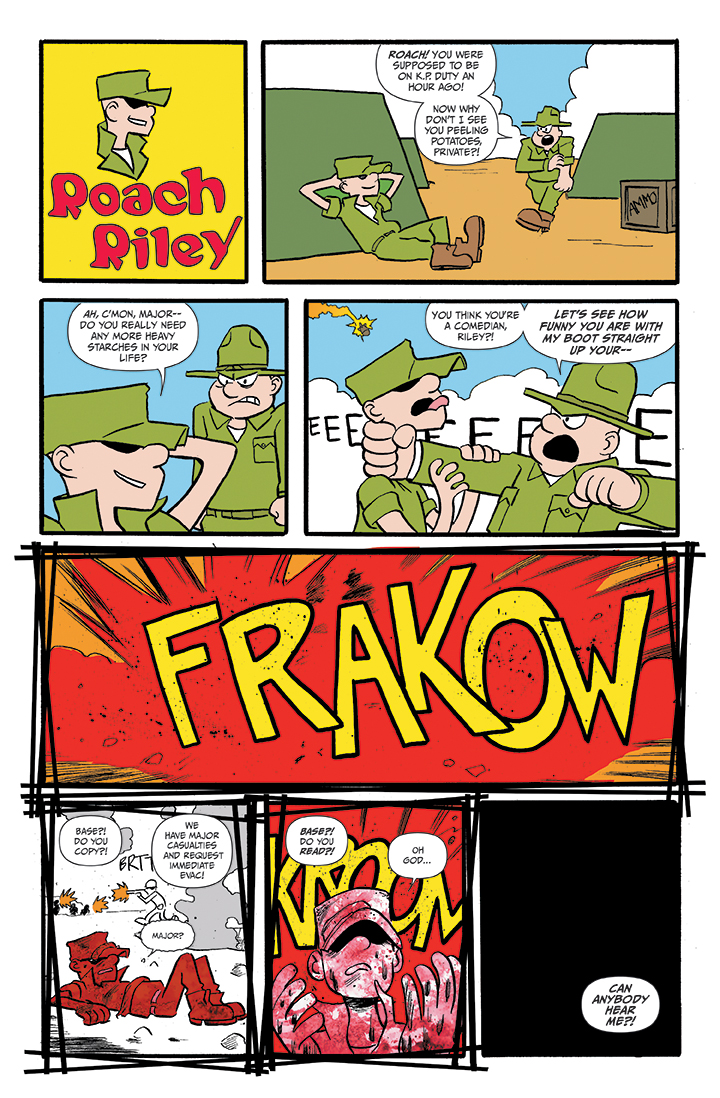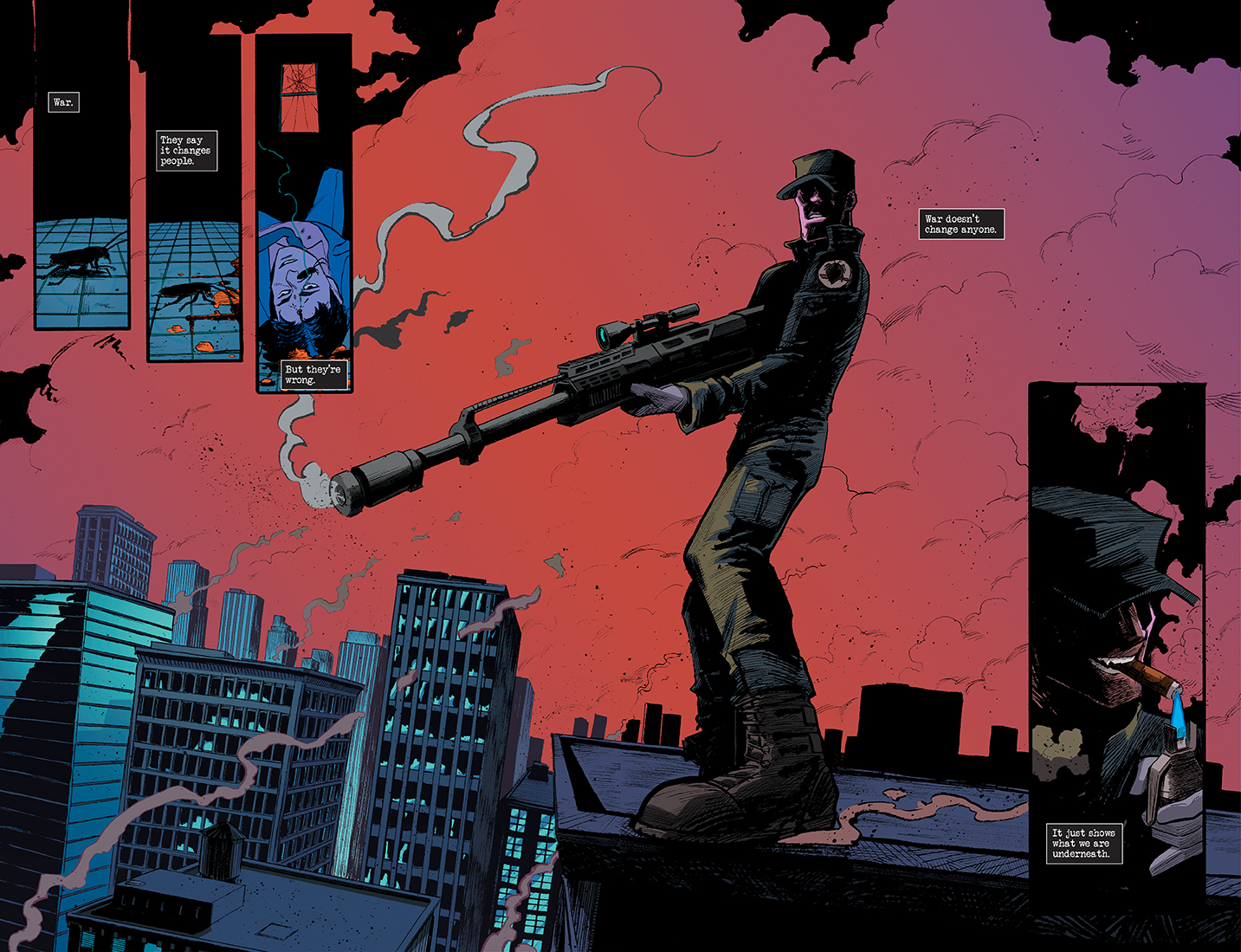REVIEW: Stronghold #1, an ambitious and singular cosmic romance begins
Stronghold #1 is out 2/20/2019.
By Zack Quaintance — I didn’t know what to make of Stronghold #1 when AfterShock Comics first announced it. The book is built around a high concept: a man who may be an omnipotent god-like being (but who doesn’t know it) believes himself to be a fairly dull insurance salesman in the Midwest. Meanwhile, a global secret society has essentially imprisoned him and is keeping watch to ensure he never realizes the truth of his reality. Enter our protagonist, a young woman born into the secret society who falls in love with the powerful being.
Now, in addition to writing for this site, I also do a bit of news writing for Comics Beat (my absolute favorite comic book news site), and one of my own beats over there is AfterShock Comics. It feel to me to essentially find a pithy way to write headlines, snippets, and summaries about this comic...and it was a struggle. There’s no quick pitch, but you know what? An inability to summarize this comic’s plot with something like a Tomb Raider meets Bill Murray’s Groundhog’s Day kind of equation just speaks to how smart and ambitious this comic is. There are, however, no shortage of smart and ambitious ideas in comics these days, especially not from the booming creator-owned comic book segment.
What sets Stronghold apart from similarly lofty concepts is the intellectually commiserate quality of the storytelling craft. Both the writing and art here bring the story a level of complexity and focus that is rare for a monthly comic. The creators seem to be well aware that they’re asking readers to meet them halfway on a concept that’s difficult to quickly grasp, and so they leave it all out there with the art and scripting. Stronghold #1 is immersive and relatable from its first page, be it through Ryan Kelly and Dee Cunniffe’s intrictate artwork or the relatable ennui and listlessness writer Phil Hester’s script proscribes to its main character. The plot in Stronghold is far-fetched and unlikely, but the execution of the story feels searingly authentic and real.
For every scene in which we see the powerful god being plunge invulnerable into a body water, there is a corresponding beat in which the characters feel shy on a first date, wondering if they’re dressed right for the occasion or heading off to a friend’s concert (supposedly). There is somewhat of a sci-fi comic boom happening right now, with ideas and levels of reading for nearly all tastes. Romance comics, however, remained mostly unexplored, even in a modern marketplace that is perhaps oversaturated with new series.
What Stronghold seems to do is use its science fiction trappings to reel in an audience for an emotional story rooted entirely in a romance between a young woman raised in a questionable cult (my interpretation) and a lonely man dissatisfied with normal working life. And it all adds up to as strong of a debut comic as we’ve gotten so far this year. Basically, I had no idea I liked “dark cosmic romance” comics this much until this book came along.
Overall: A combination high-concept science fiction story and quiet romance, there really is nothing quite like Stronghold #1 happening in comics today. It’s an interesting concept, to be sure, but the real strength here is the top tier storytelling done by the team of Hester, Kelly, Cunniffe, and Bowland. I highly recommend this comic. 9.5/10
Stronghold #1
Writer: Phil Hester
Artist: Ryan Kelly
Colorist: Dee Cunniffe
Letterer: Simon Bowland
Publisher: AfterShock Comics
Price: $3.99
For more comic book reviews, check out our review archives.
Zack Quaintance is a tech reporter by day and freelance writer by night/weekend. He Tweets compulsively about storytelling and comics as BatmansBookcase.












